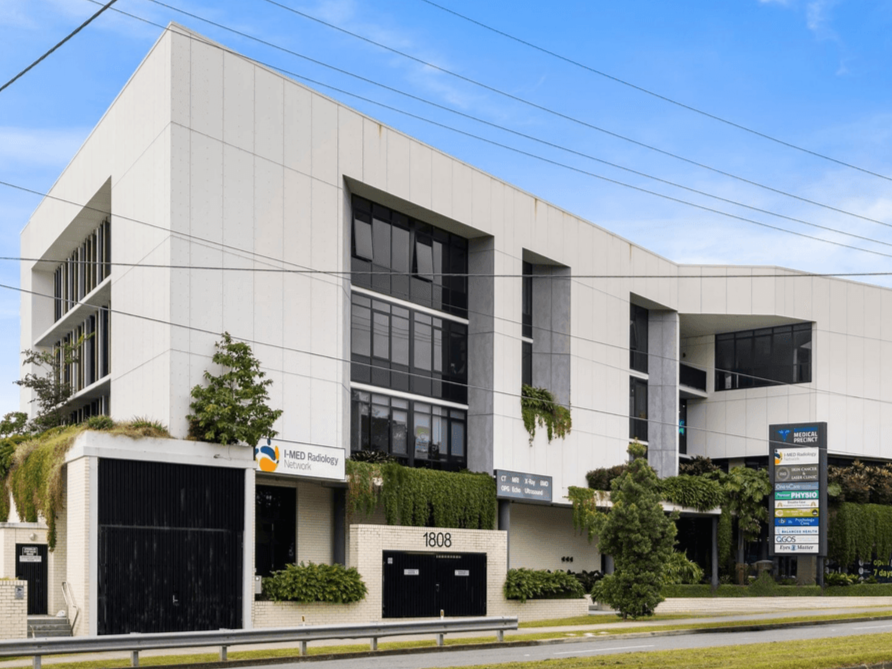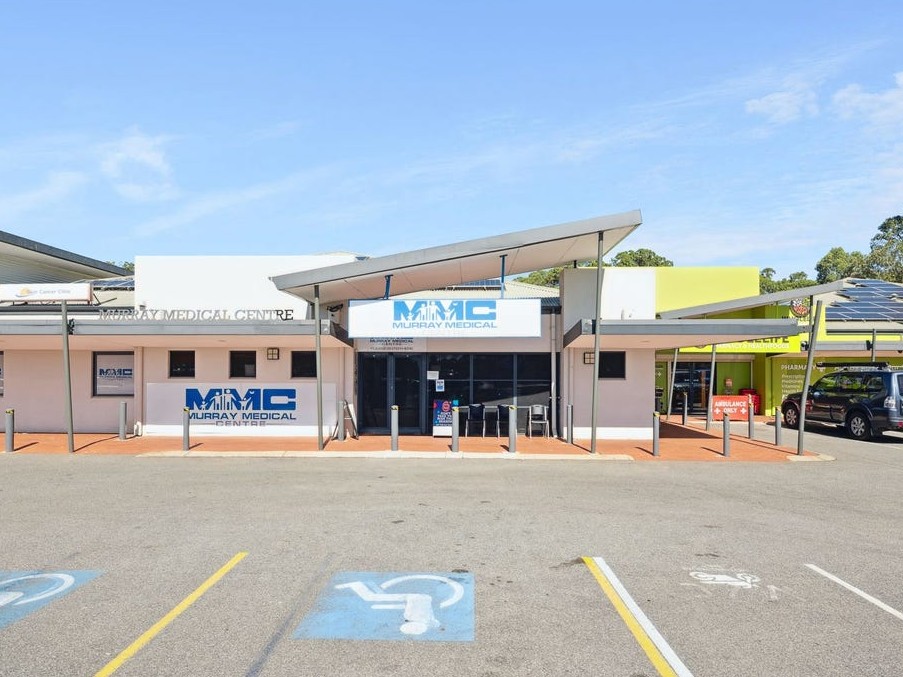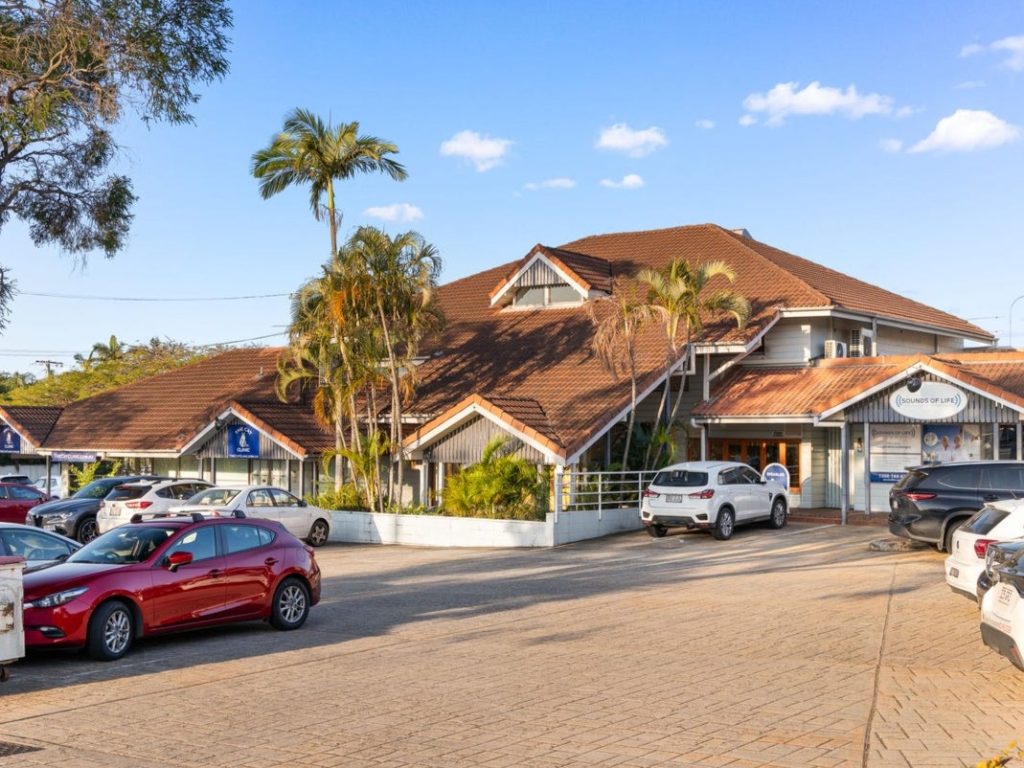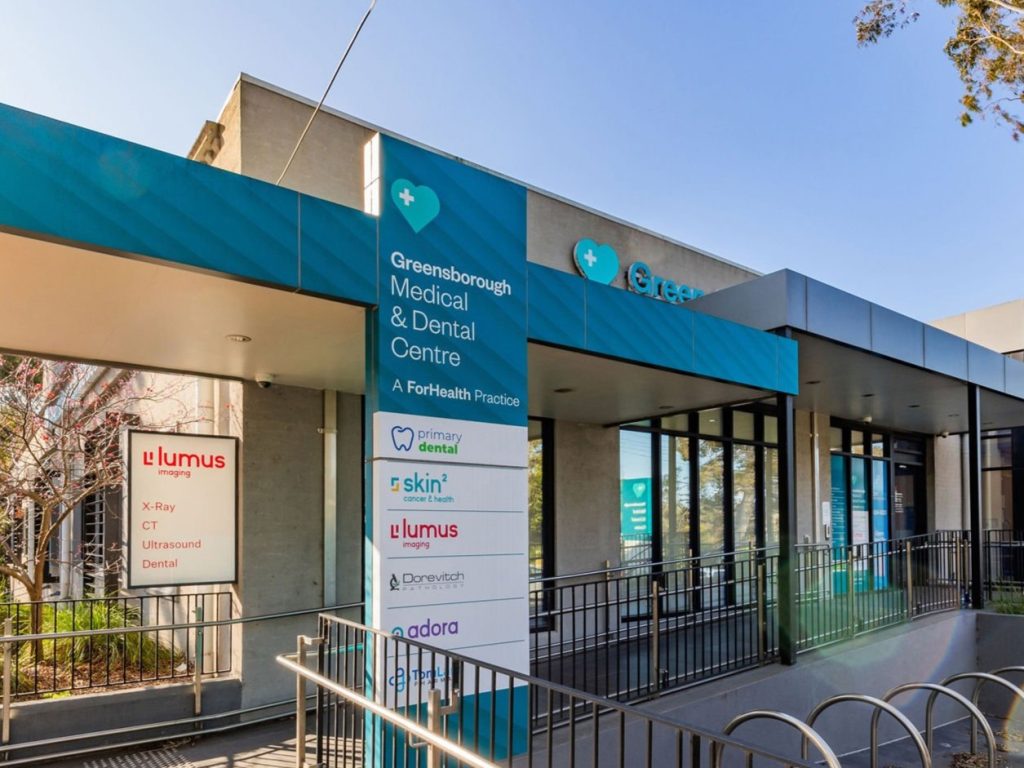Healthscope collapse fails to dent investor appetite for healthcare assets

The collapse of private hospital giant Healthscope into receivership in May sent shockwaves through Australia’s healthcare real estate market, but it hasn’t dampened property investor interest in the sector.
Healthcare real estate in Australia covers everything from general practitioner (GP) clinics to hospitals and has captured the attention of private investors through to institutional players.
Experts say Australia’s growing and aging population continues to drive demand for healthcare real estate, while sustained government spending ensured income security.
While the fall of financially troubled Healthscope has put its landlords under pressure, raised questions about the future of the private healthcare system and took some shine off the healthcare property story, investors have shown greater interest in Aussie healthcare real estate in the months following the episode.

The prime strata-titled medical property located at 1/1808 Logan Road, Upper Mount Gravatt in Brisbane recently sold for $5.5 million, reflecting a 5.78% yield. Picture: Supplied
New figures show buyer enquiries for medical and consulting properties listed on realcommercial.com.au increased 4% nationally in the September quarter compared to the previous quarter, and rose 9% year-on-year.
Views per listing of healthcare assets were 7% higher in the third quarter, compared to the previous quarter, and were 12% higher year-on-year.
RWC Medical director Franz Stapelberg said the appetite for healthcare property remains strong, but there was a catch.
“Investors are increasingly targeting healthcare assets, especially after Covid, because it’s seen as a resilient asset class,” he said. “But we’ve also seen that some investors don’t completely understand the sector either, so they can run into issues.”

The Murray Medical Complex at 34-36 Minilya Parkway Greenfields in Mandurah recently sold for $16.25 million. Picture: realcommercial.com.au/buy
He said landlords need to understand the nuances of tenant stability, referral patterns and relationships between the different healthcare services.
Doctors and other health professionals tend to be longer-term tenants to hold onto patients and avoid moving costly medical equipment.
But issues such as unsustainable rent hikes could push healthcare tenants to relocate, leaving landlords empty handed and creating gaps in local healthcare services.
CBRE Australian healthcare and social infrastructure national director Sandro Peluso said the thematics of healthcare remain robust despite the issues in the private space.
“Despite set press revolving around [one to two] case studies, these are not reflective of the broader healthcare sector,” he said.

The medical centre at 318 Junction Road, Clayfield in Brisbane recently sold for $8 million, representing a 5.68% yield. Picture: realcommercial.com.au/buy
“A section of hospital and rehab providers have faced challenges simply as a mechanism of poor previous commercial management when structuring leases.
“This has nothing to do with the operational success of their businesses, which have continued to see robust demand. While ongoing challenges surround private health insurance costs and negotiations with the insurers and providers, these continue to be resolved as time passes.
“One thing is undeniable, the government cannot allow for issues to arise in the private sector given our public systems reliance on this market. This makes the industry as strong as you’ll see globally.”
Mr Stapelberg said investors were likely to see more healthcare properties come to the market over the next 12 months.
“We have a fair bit of stock coming through next year, but the question is how much of that stock is quality healthcare assets,” he said.

The Greensborough Medical Centre and Day Hospital in Melbourne recently sold for $32.5 million. Picture: Supplied
“So we’ll see more healthcare investments and I’m hoping those quality assets will push down yields a bit, but I think we will level out soon, depending on how much stock comes to the market.”
On the leasing side, data from realcommercial.com.au shows leasing enquiries for healthcare real estate in Q3 was 7% higher quarter-on-quarter, and down 1% year-on-year.
Medical and consulting property views on leasing listings were up 4% QoQ, while property views were up just 2% YoY.
Enquiries and property views don’t reflect a change in transaction activity, but they can signal changing sentiment among buyers and tenants.







